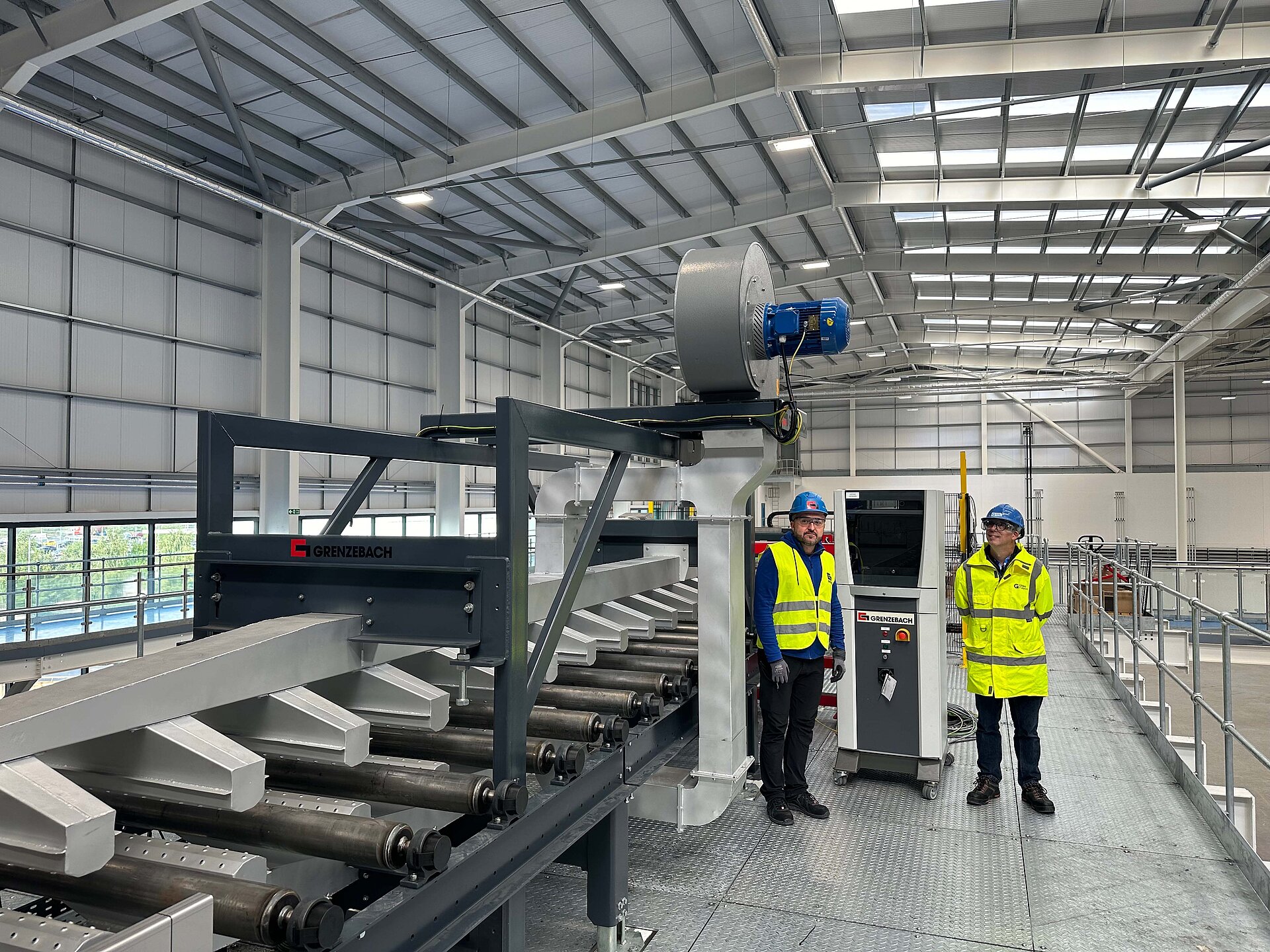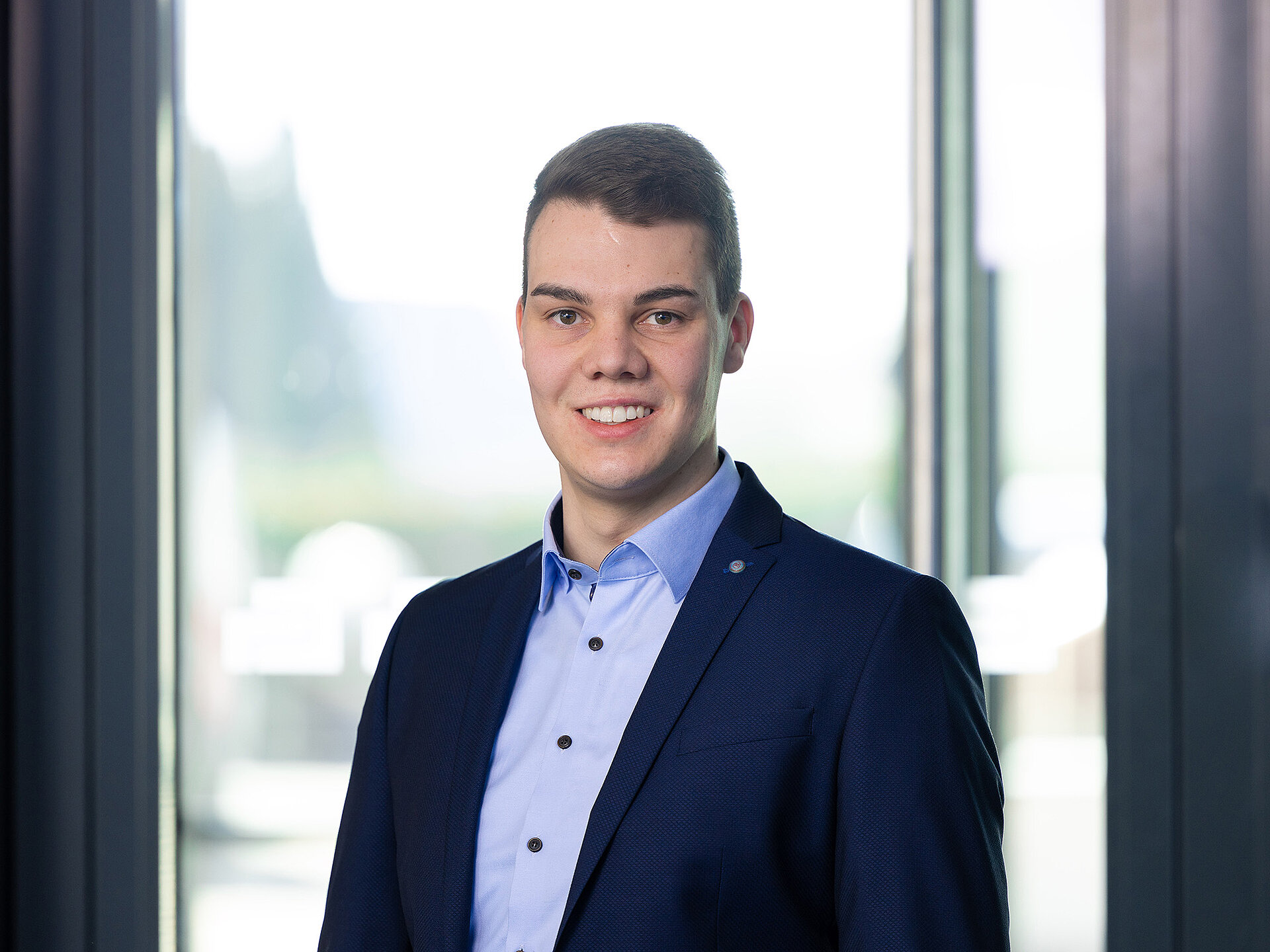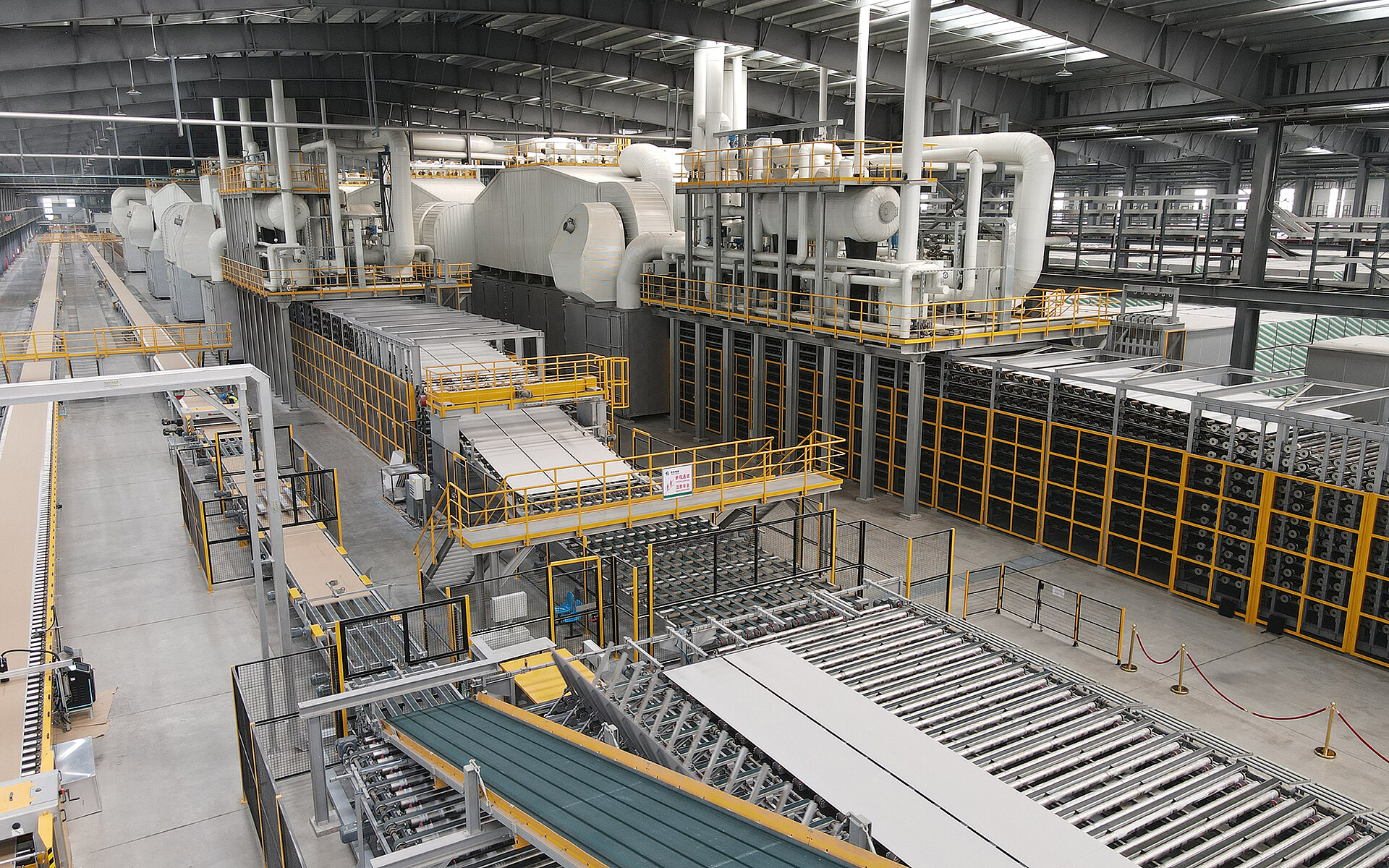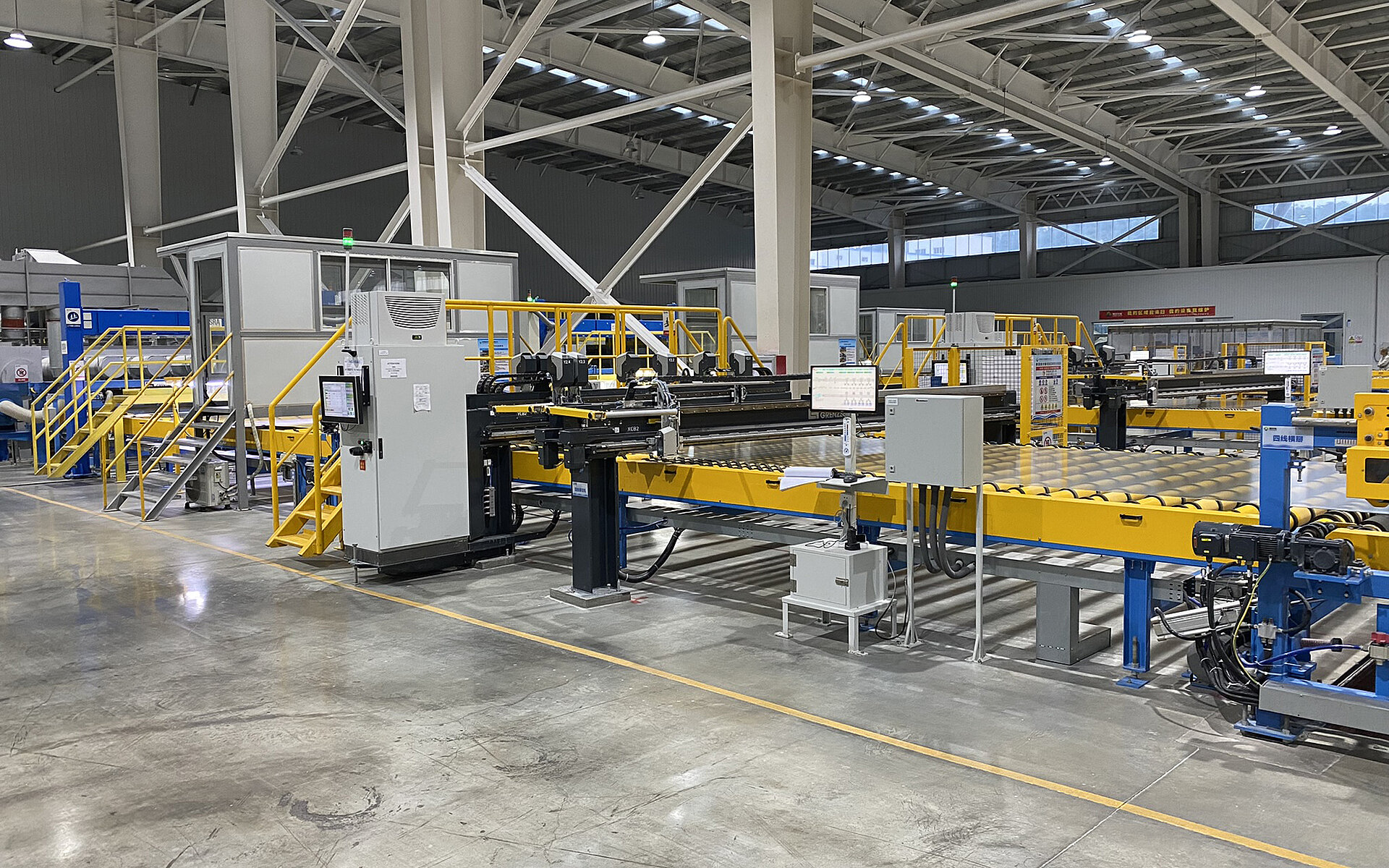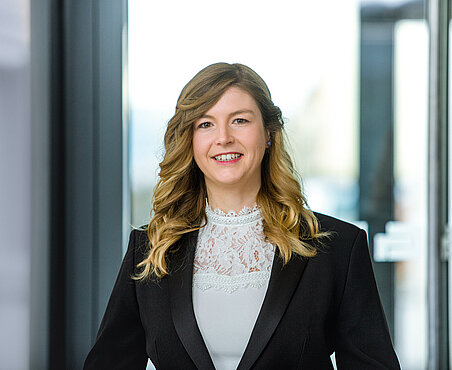Innovative Partnership between Grenzebach and Glass Futures Transforms Glass Production
- Glass Futures partners with Grenzebach to drive innovation, sustainability, and collaboration for a low-carbon future in the glass industry
- Grenzebach’s new annealing lehr with its intelligent and energy-saving design revolutionizes glass cooling and production efficiency
- Partnership offers Grenzebach opportunity to think (digital) solutions ahead
ST. HELENS, HAMLAR/UK, Germany. Glass Futures, a UK-based organization identifying and delivering routes to industrial decarbonization, with Grenzebach Group, a leading supplier of glass production solutions, headquartered in Hamlar, Germany, to install a cutting-edge R&D rolled glass line in St. Helens, UK, aimed at creating a low-carbon future for the glass production industry. This collaboration supports Glass Futures' objective to enhance operational efficiencies within the glass manufacturing sector by driving innovation and sustainability towards net zero. As part of this initiative, Grenzebach has supplied vital components, including an innovative annealing lehr, a cutting line, and a state-of-the-art control system to enable high-quality and sustainable glass production. The project is due to be commissioned in the coming months.
Grenzebach’s New Annealing Lehr: Cutting-Edge Technology for Optimal Glass Quality
“Glass Futures’ pilot facility offers 30 tons of glass R&D capability per day – the perfect base for our research and with scope to develop a second line, we are focusing on furnace optimizations, emissions, and alternative fuels”, explains Aston Fuller, General Manager at Glass Futures. Grenzebach's involvement in the project primarily focuses on providing essential new generation equipment integral to the pilot line's functionality. The centerpiece of this collaboration is the newly developed annealing lehr from Grenzebach, which features advanced heating, cooling, and transport technologies. The annealing lehr measures 25 meters in length, divided into specialized zones—A, B, C (radiation cooling), E (ambient cooling), and F (forced convection cooling)—each designed to optimize the cooling process. Aston Fuller is delighted to have the German specialist as one of the key partners in this project: “Grenzebach’s annealing lehr combines high glass quality with low energy consumption. With its individually controllable heating and cooling sections the annealing lehr allows us a precise adaptation of the cooling capacity to specific production requirements. A flexible annealing zone makes it possible to maintain the glass stress within the ideal range. As a result, high quality glass is ensured while reducing energy consumption.”
The control system accompanying the annealing lehr meticulously measures and visualizes temperature data along the entire hot and cold end, enabling precision in managing the glass ribbon's cooling and cutting processes. The integrated cutting system effectively transforms the continuous glass ribbon into custom sizes while minimizing waste. This combination of technologies is engineered to enhance the overall efficiency and quality of glass production processes.
Game-Changing Features of Grenzebach’s Annealing Lehr
Grenzebach's new annealing lehr boasts several key technical features:
- Up to 50 - 70 % less Energy Consumption (due to lehr configuration): The system's efficient cooling process and improved insulation significantly lower energy usage and emissions.
- Controlled Cooling Capacity: Individually controllable heating and cooling sections allow for precise adjustments to the process, accommodating changes in production demands.
- Enhanced Glass Quality: The innovative design with a flexible annealing zone keepsthe internal stresses during glass cooling within an ideal range, producing a high-quality product.
- Flexible Retrofits: Grenzebach's solution allows manufacturers to implement zone-based upgrades in existing production lines, providing enhanced productivity and sustainability while using the same space.
Driving Sustainability in Glass Manufacturing
As the glass production industry increasingly turns its focus toward sustainability and efficiency, Grenzebach’s annealing lehr stands out as a game-changer. “Our commitment to leveraging energy-saving designs, digital technologies, advanced controls, and process monitoring not only enhances glass quality but also fosters energy efficiency and operational excellence”, stresses Michels. Therefore, the company is also looking forward to the opportunity to carry out its own measurements and research on the Glass Futures line, for example, to develop its own software solutions for its digital ecosystem SERICY further.
